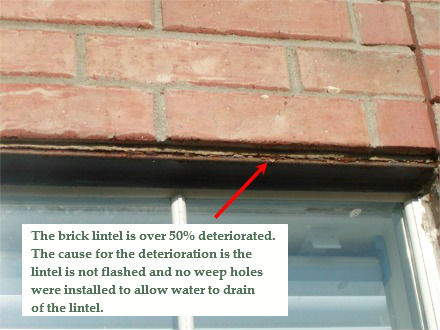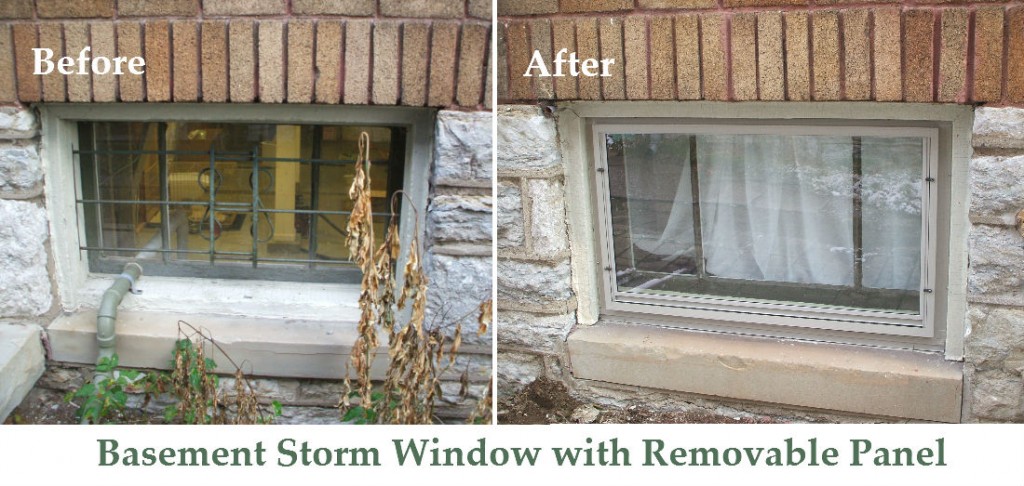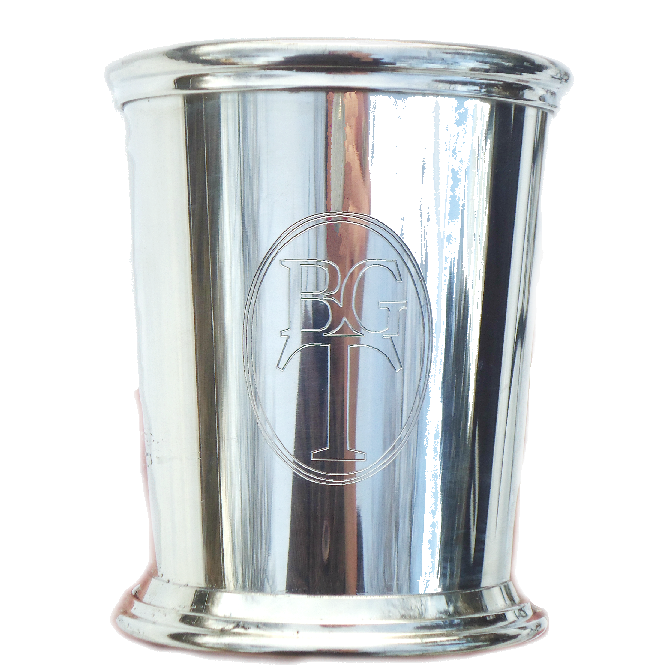WEATHER PROTECTION
The common points of failure resulting in damage caused by rot in any wooden window unit are; the junction of glass and wood in sash (filled commonly by glazing putty), direct contact of the bottom rail of wooden sash with sill, and water dripping unnecessarily onto the unit from above. Storm windows generally offer protection from all these causes.
The Dew Point:
In addition, storm windows provide protection for the inside surfaces of wooden sash caused by condensate. Think of the dew point as a physical position along the line of coldest to warmest (outside to inside) and having it show itself within a window unit where water vapor does condense (either in droplets or frost). A window with a single pane of glass will show the dew point to be on the inside surface of glass, where warm inside air meets the cold temperature of the outside through the glass in winter. This results in fairly continuous dripping onto the interior painted surfaces of the sash, enough of which will cause paint failure and the process of rot to begin.
 Installing a high quality storm window shifts the dew point toward the exterior, often inside the pocket of dead air captured by the storm window, and so away from wooden window sash. Storm windows keep condensate from forming at undesired locations, so it won’t drip onto the lower surfaces of wooden windows and raise moisture content. This keeps paint tight and fungi from growing. Most rot is the result of natural fungal growth.
Installing a high quality storm window shifts the dew point toward the exterior, often inside the pocket of dead air captured by the storm window, and so away from wooden window sash. Storm windows keep condensate from forming at undesired locations, so it won’t drip onto the lower surfaces of wooden windows and raise moisture content. This keeps paint tight and fungi from growing. Most rot is the result of natural fungal growth.



